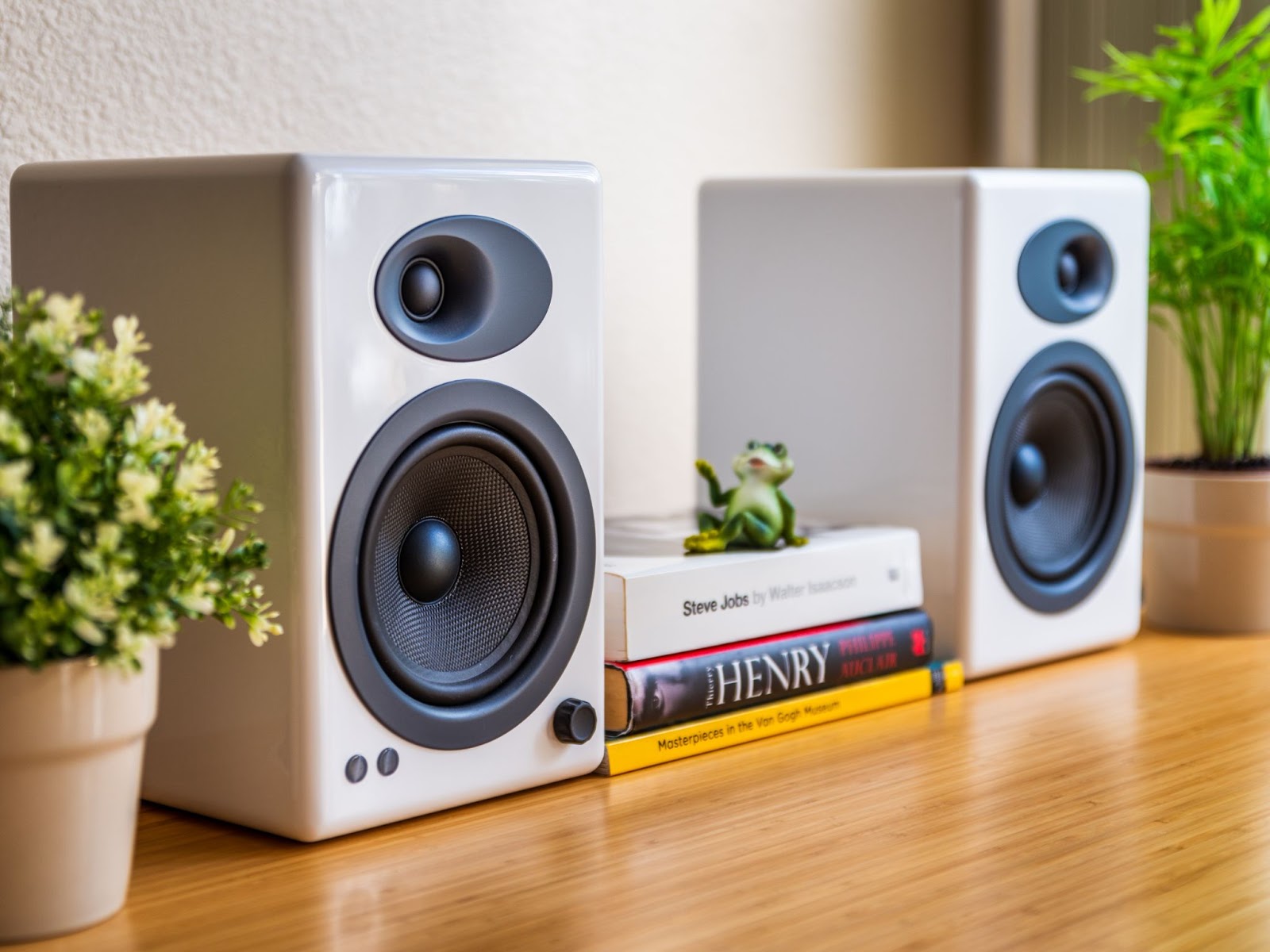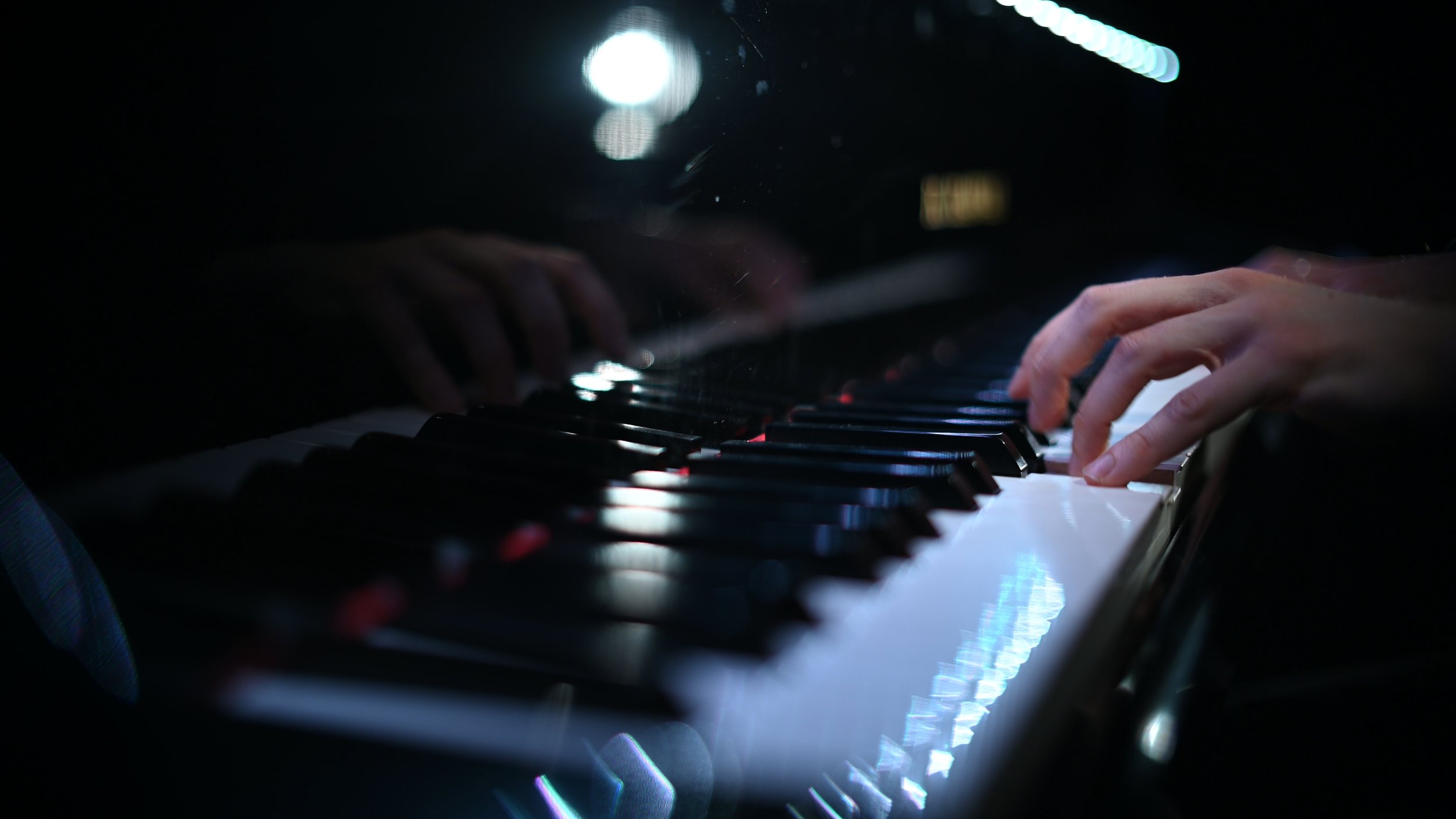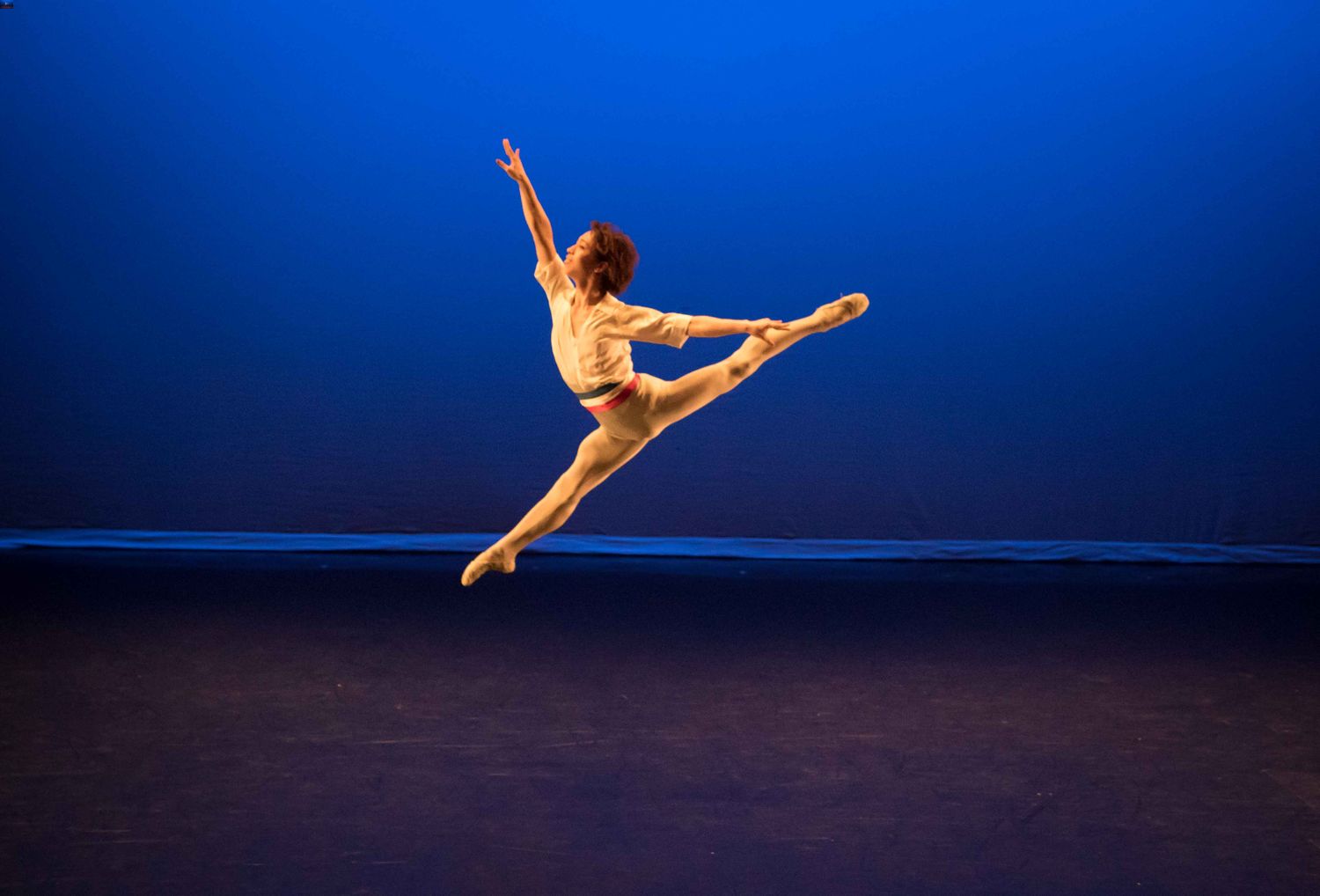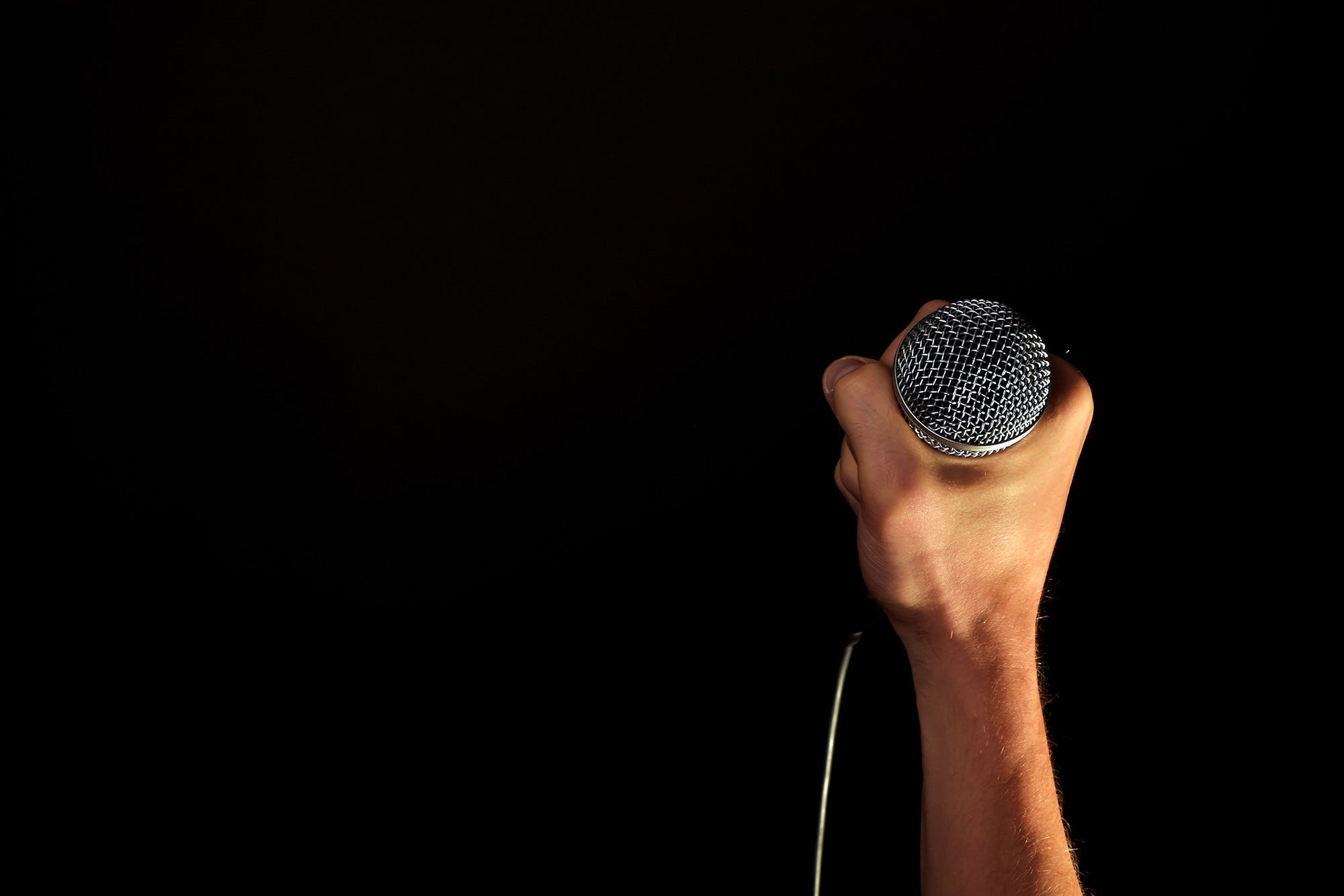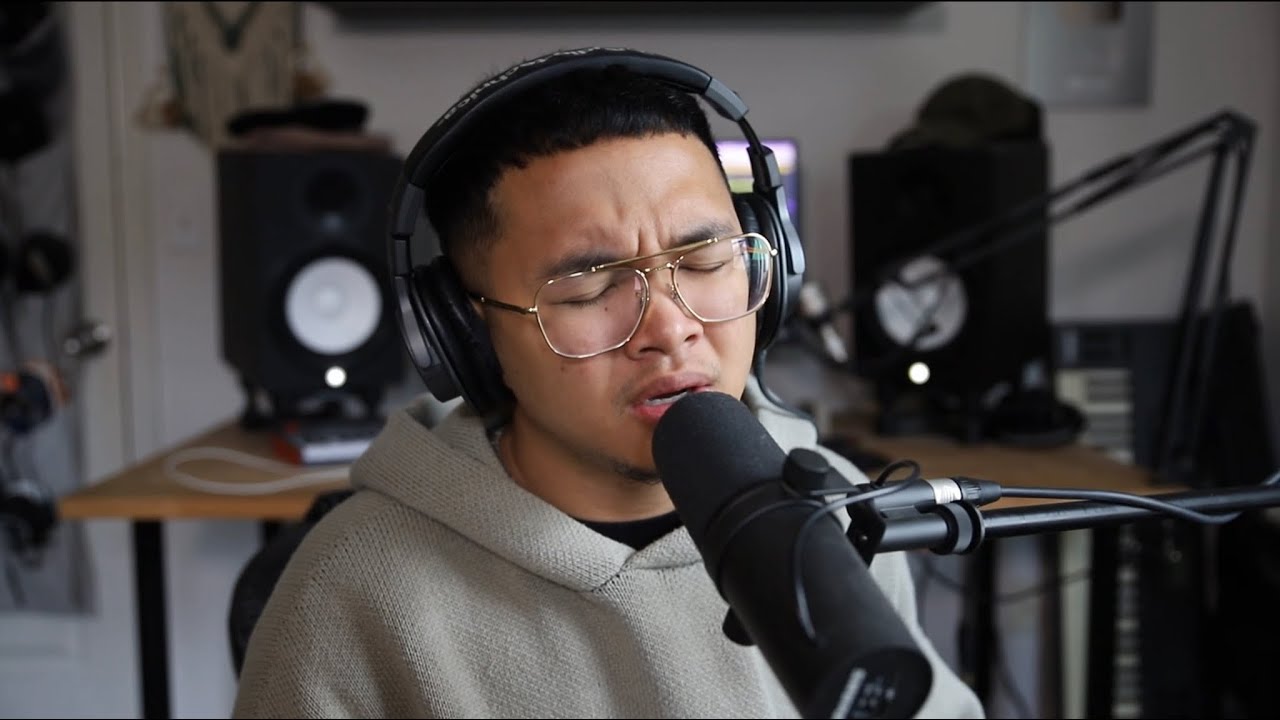Home>Production & Technology>Orchestra>What Does Orchestra Seating Mean?
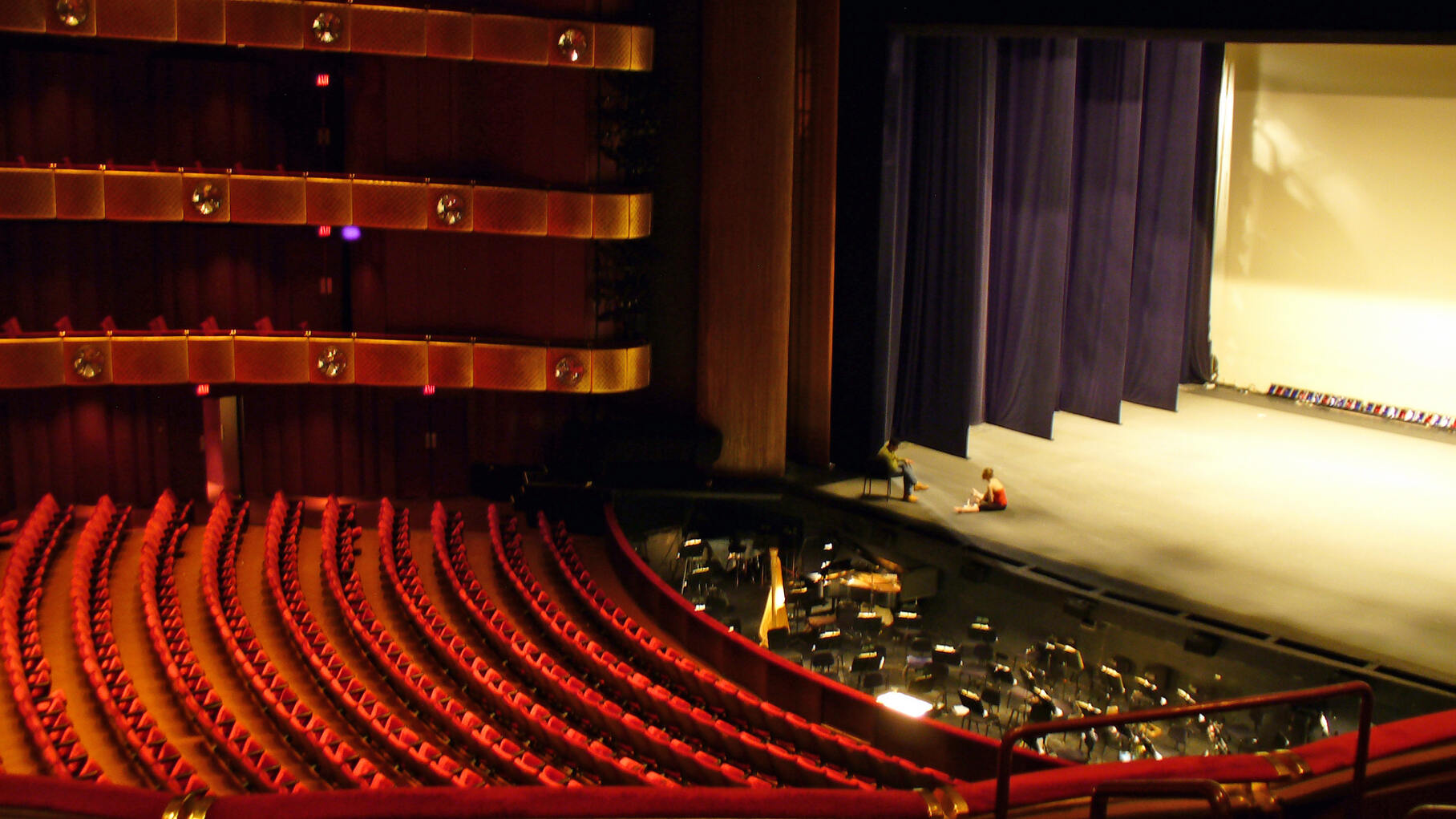

Orchestra
What Does Orchestra Seating Mean?
Published: February 24, 2024
Orchestra seating refers to the section of seats closest to the stage in a theater or concert hall. Find out what orchestra seating means and why it's a popular choice for many event-goers.
(Many of the links in this article redirect to a specific reviewed product. Your purchase of these products through affiliate links helps to generate commission for AudioLover.com, at no extra cost. Learn more)
Table of Contents
Introduction
Orchestra seating holds a significant place in the realm of live performances, offering a unique vantage point for experiencing the artistry and grandeur of orchestral and theatrical productions. Whether attending a symphony concert, opera performance, or Broadway show, the seating arrangement within the orchestra section plays a pivotal role in shaping the audience's connection with the performers and the overall ambiance of the event.
In this article, we will delve into the intricacies of orchestra seating, shedding light on its meaning, benefits, drawbacks, and essential considerations for selecting the optimal seats. Understanding the nuances of orchestra seating not only enriches the audience's appreciation of the performance but also empowers individuals to make informed choices when securing tickets for upcoming events.
As we embark on this exploration, it's important to recognize that orchestra seating transcends mere physical proximity to the stage. It encompasses the dynamics of acoustics, visual immersion, and the interplay between the performers and the audience. By dissecting these elements, we can unravel the essence of orchestra seating and its profound impact on the overall concert or theatrical experience.
Through this journey, we aim to demystify the concept of orchestra seating, equip readers with valuable insights, and foster a deeper understanding of how the seating arrangement can shape and elevate one's encounter with the performing arts. So, let's embark on this enlightening expedition into the world of orchestra seating, where every seat tells a story and every note resonates with unparalleled intensity.
Understanding Orchestra Seating
Orchestra seating, often referred to as the "main floor," is a prime area within a performance venue that offers an up-close and immersive experience of live orchestral, operatic, or theatrical presentations. Positioned directly in front of the stage, this section provides an intimate proximity to the performers, allowing for an unparalleled view of their artistry and a heightened sense of connection with the production.
The arrangement of orchestra seating typically comprises several rows of seats, extending from the front of the stage to the back of the auditorium. This layout ensures that audience members in this section are in close proximity to the performers, enabling them to witness the subtleties of the musicians' expressions, the choreography of the actors, and the nuances of the production design.
From this vantage point, audience members in the orchestra section have the privilege of experiencing the performance in its full splendor. The rich timbres of the instruments, the emotive resonance of the vocalists, and the intricacies of the stagecraft converge to create a multisensory tapestry that envelops the spectators, drawing them into the heart of the artistic narrative.
Moreover, the acoustics in the orchestra section are meticulously engineered to optimize sound projection, ensuring that every note, lyric, and spoken word reverberates with pristine clarity. This sonic immersion elevates the auditory experience, allowing the audience to perceive the performance with unparalleled fidelity and emotional resonance.
Furthermore, the visual aspect of orchestra seating contributes to a comprehensive engagement with the production. Audience members can discern the performers' facial expressions, observe their gestures, and appreciate the minutiae of their craft, fostering a profound sense of connection and empathy with the artistic presentation.
In essence, orchestra seating transcends mere physical proximity to the stage; it embodies a holistic encounter with the performing arts, where the convergence of sight and sound coalesces to form an immersive and transformative experience. This understanding underscores the significance of orchestra seating as a gateway to the captivating world of live performances, where every seat holds the promise of a profound and unforgettable artistic journey.
Benefits of Orchestra Seating
The orchestra seating offers a myriad of benefits that enrich the audience's experience and elevate their connection with the performance. These advantages extend beyond mere proximity to the stage, encompassing a multifaceted engagement with the artistic presentation. Let's delve into the compelling advantages of orchestra seating:
-
Immersive Proximity: Sitting in the orchestra section places the audience in close proximity to the performers, enabling them to witness the intricacies of the production with unparalleled intimacy. This physical closeness fosters a profound sense of connection with the performers, allowing spectators to discern subtle expressions, gestures, and artistic nuances that enrich their overall engagement with the performance.
-
Unobstructed View: Orchestra seating offers unobstructed views of the stage, ensuring that audience members have an optimal sightline to the performers and the production as a whole. This unimpeded visual access allows for a comprehensive appreciation of the choreography, set design, and the performers' emotive expressions, enhancing the audience's understanding and emotional connection with the artistic narrative.
-
Acoustic Prowess: The meticulously engineered acoustics in the orchestra section optimize the auditory experience, ensuring that every note, lyric, and spoken word resonates with pristine clarity. This sonic immersion allows the audience to perceive the performance with unparalleled fidelity, experiencing the full emotive impact of the music, vocals, and spoken dialogue.
-
Intimate Artistic Encounter: Orchestra seating facilitates an intimate encounter with the artistry and craftsmanship of the performers. Audience members can discern the subtle nuances of the musicians' expressions, the emotive resonance of the vocalists, and the choreographic finesse of the actors, fostering a deep and personal connection with the artistic presentation.
-
Enhanced Emotional Resonance: The immersive nature of orchestra seating amplifies the emotional resonance of the performance. Audience members are enveloped in the palpable energy and artistry unfolding on stage, allowing them to experience the full spectrum of emotions elicited by the production with heightened intensity and authenticity.
-
Cultural Appreciation: By immersing themselves in the orchestra section, audience members gain a profound appreciation for the cultural and artistic significance of live performances. The proximity to the performers and the immersive nature of the experience enriches their understanding of the art form, fostering a deeper connection with the rich tapestry of human creativity and expression.
In essence, orchestra seating transcends the conventional notion of a spectatorship; it engenders a transformative and immersive encounter with the performing arts, where every seat holds the promise of an unforgettable and emotionally resonant artistic journey.
Drawbacks of Orchestra Seating
While orchestra seating offers a multitude of advantages, it is essential to acknowledge the potential drawbacks that accompany this coveted section within performance venues. Understanding these limitations is crucial for individuals seeking a comprehensive perspective when selecting their preferred seating arrangement. Here are the noteworthy drawbacks of orchestra seating:
-
Limited Elevation: One prominent drawback of orchestra seating is the limited elevation from the stage. While the proximity to the performers is a significant advantage, it can also result in a restricted vertical perspective of the production. This may lead to challenges in fully appreciating aerial or elevated stage elements, such as suspended props or elevated choreography, which are better viewed from a raised vantage point.
-
Acoustic Variability: Despite the meticulous engineering of acoustics in the orchestra section, the proximity to the source of sound can lead to potential acoustic variability. Audience members seated closer to certain instruments or speakers may experience subtle fluctuations in sound intensity or tonal balance, which could impact their auditory experience.
-
Limited Flexibility: Orchestra seating often entails a fixed seating arrangement, offering limited flexibility for individuals who prefer the option to adjust their viewing angle or seating position during the performance. Unlike certain balcony or mezzanine sections that may provide adjustable seating or a broader range of viewing angles, orchestra seating typically offers a more static viewing experience.
-
Visual Obstructions: While orchestra seating generally provides unobstructed views of the stage, certain seating positions may be susceptible to visual obstructions, such as tall individuals seated directly in front or the presence of large props or set pieces that could momentarily obstruct the line of sight. These potential visual impediments can detract from the seamless viewing experience that is highly valued in live performances.
-
Proximity to Sound Equipment: In some venues, certain orchestra seating positions may be in close proximity to sound equipment or stage monitors, which could potentially impact the overall auditory experience. The proximity to these technical elements might lead to subtle discrepancies in sound perception for individuals seated in immediate proximity to such equipment.
While these drawbacks warrant consideration, it is important to note that the impact of these limitations can vary based on the specific layout and design of each performance venue. Ultimately, the drawbacks of orchestra seating should be weighed against its numerous advantages, allowing individuals to make informed decisions that align with their preferences and priorities for the ultimate live performance experience.
Tips for Choosing Orchestra Seating
When venturing into the realm of live performances, the selection of orchestra seating holds immense significance in shaping one's encounter with the artistic presentation. Whether attending a symphony concert, opera performance, or Broadway show, the process of choosing the optimal orchestra seating entails thoughtful consideration and strategic decision-making. To aid in this endeavor, here are essential tips for selecting the ideal orchestra seating:
-
Research Venue Layout: Prior to purchasing tickets, familiarize yourself with the layout of the performance venue. Understand the seating chart, including the arrangement of the orchestra section in relation to the stage. This knowledge will empower you to make informed decisions regarding the proximity, elevation, and sightlines offered by different seating positions within the orchestra.
-
Consider Acoustic Preferences: If you have specific preferences regarding sound dynamics, consider how different seating positions within the orchestra section may influence your auditory experience. Some individuals prefer to be closer to certain sections of the orchestra, such as the strings or the brass, to fully immerse themselves in the sonic intricacies of the performance.
-
Evaluate Sightline Options: Assess the sightlines offered by various orchestra seating positions. Take into account potential visual obstructions and the angle from which you will view the stage. Opt for seating positions that provide unobstructed views of the entire stage, ensuring a comprehensive visual engagement with the production.
-
Balance Proximity and Elevation: Strike a balance between proximity to the stage and elevation. While close proximity offers an intimate connection with the performers, consider whether a slightly elevated seating position may provide a broader perspective of the production, especially for performances featuring elaborate stage designs or aerial elements.
-
Consult Seat Reviews: Leverage online resources and seat review platforms to gain insights from individuals who have previously occupied specific orchestra seating positions. Their firsthand experiences can offer valuable perspectives on the nuances of each seat, helping you make an informed choice aligned with your preferences.
-
Factor in Personal Preferences: Consider your individual preferences for the live performance experience. Whether you prioritize a close-up view of the performers, a panoramic perspective of the stage, or specific acoustic considerations, align your seating choice with the elements that resonate most deeply with your personal preferences.
-
Anticipate Artistic Focal Points: Anticipate the focal points of the performance, such as soloist positions, pivotal stage interactions, or dynamic choreography. Select orchestra seating positions that afford optimal visibility of these artistic focal points, enriching your connection with the narrative and the performers' artistry.
By incorporating these tips into the decision-making process, individuals can navigate the myriad of orchestra seating options with confidence, ensuring that their chosen seats align harmoniously with their preferences and priorities for a captivating and immersive live performance experience.
Conclusion
In conclusion, orchestra seating epitomizes the pinnacle of live performance engagement, offering an unparalleled vantage point for experiencing the grandeur and artistry of orchestral and theatrical presentations. The intricate interplay of visual immersion, acoustic precision, and intimate proximity to the performers converges to create a transformative and emotionally resonant encounter with the performing arts.
Through the exploration of orchestra seating, we have unearthed its multifaceted significance, transcending mere physical proximity to the stage. The benefits of orchestra seating, including immersive proximity, unobstructed views, acoustic prowess, intimate artistic encounters, enhanced emotional resonance, and cultural appreciation, underscore its pivotal role in shaping the audience's encounter with live performances. These advantages collectively contribute to a holistic and immersive engagement with the artistic narrative, fostering a profound connection between the audience and the performers.
However, it is essential to acknowledge the potential drawbacks of orchestra seating, such as limited elevation, acoustic variability, and visual obstructions, which warrant thoughtful consideration when selecting seating positions within the orchestra section. By weighing these drawbacks against the myriad benefits, individuals can make informed decisions aligned with their preferences and priorities for the ultimate live performance experience.
Furthermore, the tips for choosing orchestra seating serve as a guiding compass, empowering individuals to navigate the array of seating options with confidence and strategic foresight. By considering venue layout, acoustic preferences, sightline evaluations, and personal preferences, individuals can align their seating choices with the elements that resonate most deeply with their unique preferences, ensuring an enriching and captivating live performance experience.
In essence, orchestra seating embodies the essence of artistic immersion, where every seat holds the promise of an unforgettable and emotionally resonant journey through the captivating world of live performances. As we embrace the profound significance of orchestra seating, let us embark on future artistic endeavors with a newfound appreciation for the transformative power of live performances and the pivotal role played by the seating arrangement in shaping our encounters with the performing arts.




